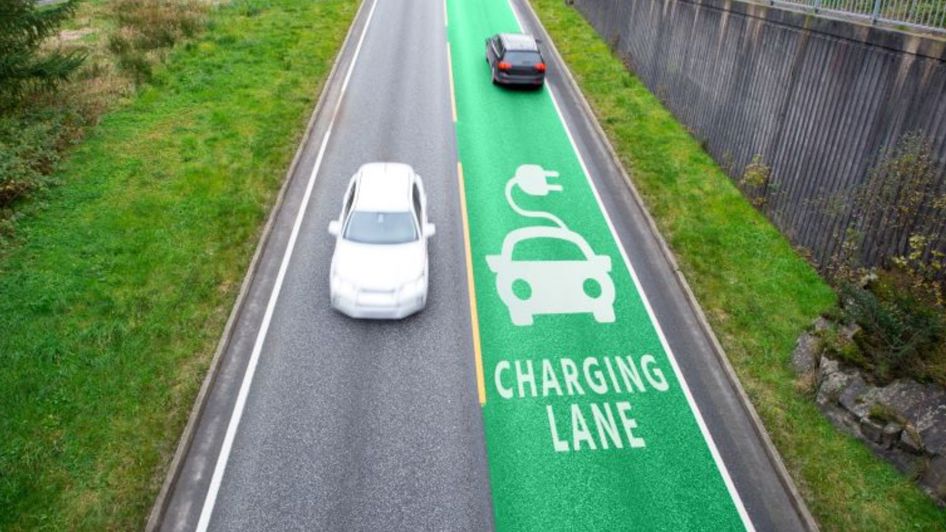A team of Massachusetts Institute of Technology (MIT) researchers has developed a supercapacitor so solid it can be used in roadways to charge battery electric vehicles (BEVs).
The concrete formulation reportedly uses readily available materials, like water, cement, and carbon black, to turn concrete into a rudimentary battery or superconductor.
Carbon black, a fine black powder mainly composed of pure carbon, is a particularly intriguing material. It has common usage as a pigment and was even used to write the Dead Sea Scrolls from over 2,000 years ago.
Admir Masic, one of the lead researchers on the project, said: “The water is systematically consumed through cement hydration reactions, and this hydration fundamentally affects nanoparticles of carbon because they are hydrophobic... The carbon black is self-assembling into a connected conductive wire."
Carbon black in this application self-organizes into a fractal structure, becoming an expansive surface area capable of retaining electric charge. And with an electrolyte crafted from potassium and water, the result is a functional battery.

The researchers propose an intriguing concept: integrating this technology within a concrete road could potentially facilitate on-the-go charging for electric vehicles, akin to the principles employed in wireless phone chargers. With this application, the road surface would become a battery while solar panels or windmills provide continuous power.
This innovative application opens up new avenues for sustainable transport. But there is much work in store for the MIT researchers, as they have so far only produced a button-sized example that can charge an LED light.
There's a catch, too, because while adding more carbon black increases the power storage capacity of the superconductor, it also decreases concrete strength. The researchers cite a minimum carbon black composition of three per cent, with 10 per cent being the "sweet spot."
Do you think we'll ever see roads that enable EV charging while on the go? If this development is any indication, it appears we're closer than ever to that becoming reality.





